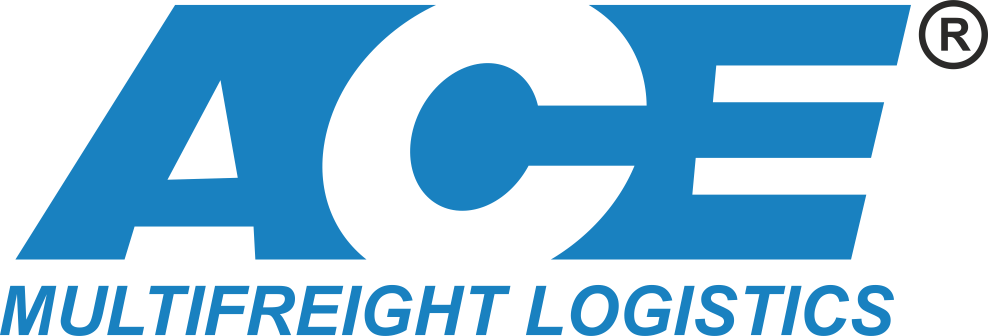Over the years, there have been articles written that promote the ‘leading role of Finance in the Sales & Operations Planning (S&OP) process and more generally, the integration of Supply Chains and Finance data in real-time, to provide ‘instant’ visibility for a business. This is supposed to “accelerate the decision-making process and enhance the organisation’s resilience”. While it sounds good, should it happen?
Prior to being enthused about implementing the idea, consider that the S&OP process was designed to be a collaborative process between people based in organisation silos. And from its earliest days, Finance was a part of the process. So, does Finance feel neglected due to the design of an organisation’s S&OP process, including the ‘why’?
An additional thought is whether the Aim and Objectives of Finance and Supply Chains are compatible. While an element of the Finance function is forward looking concerning the availability of internal cash and external finance, the majority is financial accounting and cost accounting of products, plus managing Treasury. However, the planning and scheduling of supply chains is forward looking and recognises that a major risk to the business is not understanding an organisation’s network of supply chains.
Procurement provides an example concerning objectives not being compatible. A role of Procurement within a Supply Chains group is to provide the lead in gaining a better understanding of the organisation’s supply markets and to build a collaborative relationship with critical Tier 1 suppliers. But when Procurement reports through Finance, the objectives are more likely driven by purchase price and purchase price variance measurements.





